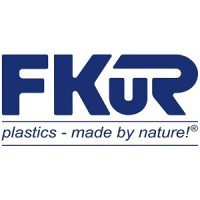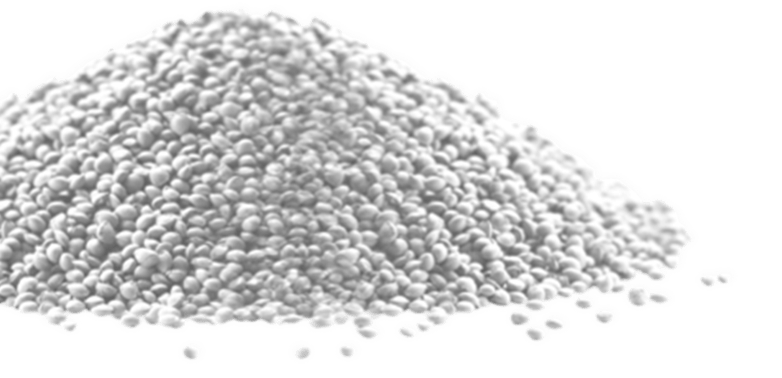Foaming
Foaming
Foamed thermoplastics contain bubbles that have either remained intact during processing (closed-cell) or have bonded together (open-cell foam).
A special type of closed-cell foams are integral foams – usually produced by injection molding. They have a dense, stabilizing outer skin that can also be painted, for example, with the number and size of bubbles increasing in depth. All types are lightweight, insulate thermally and dampen sound and mechanical vibrations. The open-cell ones can also absorb liquids and gases.
Key applications include the footwear manufacturing industry, toys, automotive, logistics, aerospace, packaging and building materials.
Foaming itself can be done chemical or physically. For chemical foaming (at melt temperatures up to approx. 250 °C), the granules contain blowing agent additives mixed in ex-manufacturer or as masterbatch, which are integrated in the manufactoring process or added as a masterbatch, which cause carbon dioxide or nitrogen bubbles to form during melting. Such granules can be processed on machines without complex additional systems. In physical foaming, which is also suitable for higher temperatures, appropriate gas blowing agents are injected into the melt during extrusion or injection molding.
In principle, a large number of thermoplastics are suitable for foaming. FKuR meets the demand for bio-based grades with EVA products from the I’m Green™ portfolio.
Plastics processing methods
What other plastics processing methods are there? Read more here.





